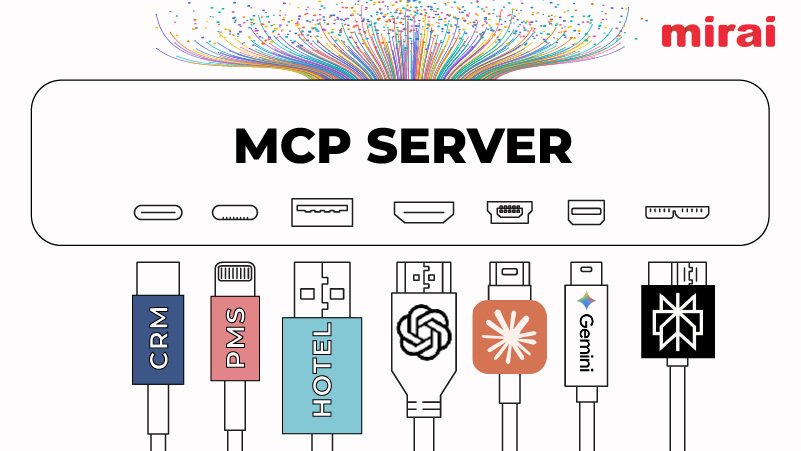
It can feel like there’s never enough time in the day, and small oversights can lead to missed bookings, overbookings, and displeased guests.
NB: This is an article from Lighthouse
Subscribe to our weekly newsletter and stay up to date
But, what if there were quick wins to make your operations more efficient and boost your bookings?
This guide will focus on 8 practical, easy-to-implement tactics that are designed specifically for independent hoteliers like you. They acknowledge your busy schedule, helping you reduce stress while filling more rooms and improving your bottom line.
1. Better understand who your guests are
The daily dilemma
You may feel like you’re casting a wide net, trying to appeal to everyone, only to find your marketing efforts aren’t quite hitting the mark.
It’s tough to know what truly resonates with potential guests if you don’t have a clear picture of who they are and what they’re looking for, leading to wasted effort and missed bookings.
How to overcome it
Knowing who your ideal guests are allows you to tailor your offerings and marketing to attract them more effectively. This goes beyond basic demographics of business travelers versus leisure travelers. It’s about truly understanding their needs, preferences, and their pain points when booking accommodation. To achieve this, you need to create guest personas.
The potential gain
When you understand what drives a traveler to choose your hotel, whether it’s the cozy ambiance, the pet-friendly policy, or the gourmet breakfast, you can craft highly targeted promotions and experiences that genuinely attract more of them.
This precision means less wasted effort, higher conversion rates, and a more loyal customer base, ultimately boosting your occupancy and revenue.
Making it happen at your hotel
Imagine a few of your ideal guests as real individuals. Give them a name, define their travel motivations (e.g., business trip, family vacation, romantic getaway), their typical budget, what amenities they seek (e.g., fast Wi-Fi, quiet rooms, local recommendations), and even how they usually book (e.g., direct on your website, via a specific OTA).
Also, look at your existing guest data. Who stays with you most often? What are their common characteristics? Do they align with your ideal guest profiles?
This detailed understanding will help you tailor each aspect of your outreach and communications.
2. Start adjusting your room rates in real time with dynamic pricing
The daily dilemma
Manually changing room rates can feel like a full-time job you don’t have time for. Sticking to static prices means you’re either leaving money on the table when demand is surging or struggling to attract guests when demand dips, leading to lost revenue and profitability concerns. The uncertainty of whether your prices are truly competitive can be a constant worry.
How to overcome it
Automated dynamic pricing empowers you to set the optimal price at the perfect moment, maximizing your revenue potential for every room, every night. This pricing strategy ensures you’re always competitive, attracting guests when they’re most likely to book — capturing higher rates during peak seasons and offering the correct lower rate during slower periods to fill rooms.




